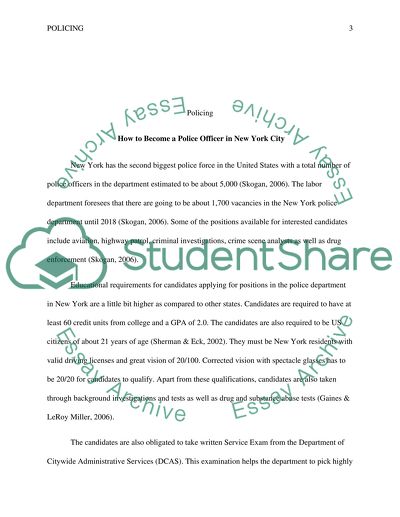Cite this document
(“Policing Research Paper Example | Topics and Well Written Essays - 1000 words”, n.d.)
Retrieved from https://studentshare.org/law/1478176-policing
Retrieved from https://studentshare.org/law/1478176-policing
(Policing Research Paper Example | Topics and Well Written Essays - 1000 Words)
https://studentshare.org/law/1478176-policing.
https://studentshare.org/law/1478176-policing.
“Policing Research Paper Example | Topics and Well Written Essays - 1000 Words”, n.d. https://studentshare.org/law/1478176-policing.


